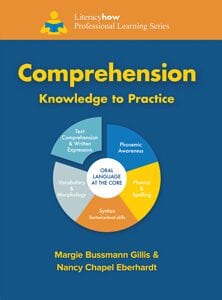April 2020
We’re Thinking of You!
Over the past few weeks, as we try to adapt to new ways of teaching and learning—and the unknowns of what the “new normal” will be—we have been been thinking of you and listening to you. One message has come across loud and clear. While we applaud the technologies that have kept us connected, everyone is exhausted by so much screen time. It’s important to unplug. Hence these tips for the time honored tradition of storytelling, which helps develop children’s oral language and comprehension skills, no tech required.
Born to be Storytellers
Safe at Home, Unplugging and Connecting through Stories
Karrie Korroch, a librarian at the East Lansing Public Library, shares storytelling tips.
Storytelling Tips
- Have kids draw a picture of your story, or theirs, then ask them to tell the story in their own words.
- Ask your child to retell a familiar story, but change it up. What would have happened to Goldilocks if the three bears never returned home?
- Liven it up with a “juicy word” challenge! Did you “triumph” over a problem, “skitter” across a room, “snicker” at a joke? Can you use juicy words in a new story?
- Storytelling isn’t just for little ones. Invite tweens and teens to join in.
- Dramatize with sound effects and props. Have fun!
- Have kids draw a picture of your story, or theirs, then ask them to tell the story in their own words.
- Ask your child to retell a familiar story, but change it up. What would have happened to Goldilocks if the three bears never returned home?
- Liven it up with a “juicy word” challenge! Did you “triumph” over a problem, “skitter” across a room, “snicker” at a joke? Can you use juicy words in a new story?
- Storytelling isn’t just for little ones. Invite tweens and teens to join in.
- Dramatize with sound effects and props. Have fun!

Comprehension: Knowledge to Practice
Available now on Amazon.com!
Comprehension can’t wait for beginning readers to master decoding. Instruction that focuses on a variety of language processing abilities needs to occur concurrently with code-breaking instruction.
Five big ideas shape our focus on reading comprehension instruction: text structure, background knowledge, text cohesion, inference, and the reading/writing connection.
Each big idea emphasizes the development of students’ ability to understand text. We’ll begin exploring them in our next e-news, so stay tuned!
Click here to view and purchase the fourth book in our Knowledge-to-Practice Professional Learning Series. It joins Phonemic Awareness and Phonics, Syntax, and Vocabulary.